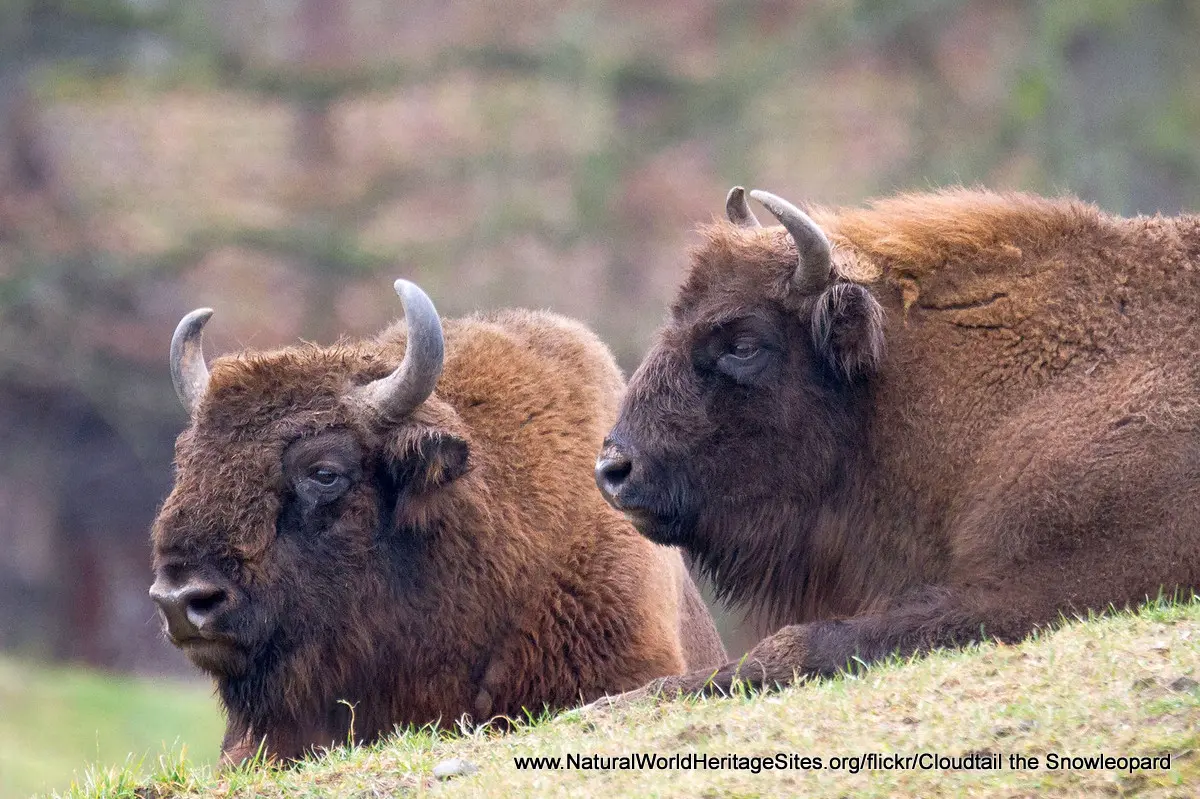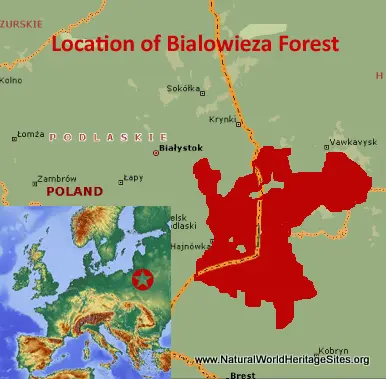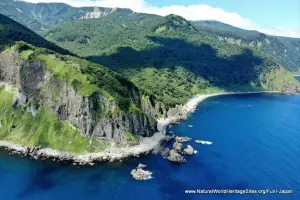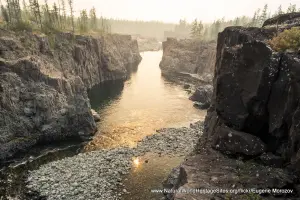EXPLORE Bialowieza Forest with this slideshow, check the location map and get all the facts and information below.
For slideshow description see right or scroll down (mobile). Click to view slideshow
Location and Values: Bialowieza Forest is the last large remaining tract of relatively undisturbed temperate forest in lowland Europe. It straddles the border between Poland and Belarus in central Europe, on the watershed between the Baltic and Black Seas. The site protects mixed stands of conifer and deciduous broad-leaf trees, much of which is old-growth forest with an abundance of dead wood. This provides for an exceptional diversity and abundance of fungi and saprophytic invertebrates, as well as a great diversity of species at higher trophic levels. These include at least 59 species of mammals, 250 birds, 13 amphibians, 7 reptiles and over 12,000 invertebrate species.
The most iconic species is the European bison, which was exterminated in 1921, reintroduced in 1952 (from captive-bred stock) and now numbers some 900 individuals (30% of the world’s free-living animals). Other important species include the tarpan (European wild forest horse) which was reintroduced after becoming extinct and being genetically reconstituted. The forest also supports populations of grey wolf, lynx, otter, beaver and wild boar, as well as red and roe deer and a population of introduced elk.
The world heritage site has an interesting history of development starting in 1979 when Poland’s small Bialowieza National Park (50km2) was inscribed. The site was substantially increased in size (to 927 km2) in 1992 with the addition of most of the forest on the Belarussian side of the border, before going through a further consolidation and extension (mainly on the Polish side) in 2014 (to its present extent of 1,419 km2).
Conservation Status and Prospects. According to IUCN’s Conservation Outlook Assessment (2020) the conservation status of Bialowieza Forest is of ‘significant concern’ due to the threat of logging. The IUCN report notes that parts of the site on the Polish side of the border were heavily logged in 2016-18 before a European Court of Justice Order to halt the destruction. Some of the last remaining old-growth forests were logged, with trees of 100 years and more removed. Whilst this immediate threat has abated, there remain concerns over the application of different management regimes in different parts of the forest due to present administrative arrangements, and there is a need for a more holistic, integrated approach to management covering the world heritage site as a whole. Other threats that are highlighted in the IUCN report include the impacts of climate change, road networks, tourism infrastructure, housing developments and a border fence which prevents the free movement of larger mammals. In addition there is concern over the collapse of the wild boar population due to an outbreak of African Swine Fever and the subsequent decision to cull most of the remaining animals to prevent disease transmission to domestic stock.
Links:
Google Earth
Official UNESCO Site Details
IUCN Conservation Outlook
UNEP-WCMC Site Description
Birdlife IBA
Slideshow description
The slideshow ‘tells the story’ of the Bialowieza Forest with a portfolio of photos that illustrate the forest types and landscape features of this ancient old-growth forest, as well as many of the prominent species of plants, fungi and animals. These include wild boar, beaver, roe and red deer, tarpan, bison, badger, wolf and otter as well as representatives of the bird, amphibian and butterfly fauna. The forest is viewed through the seasons, starting with a series of autumnal scenes, and including spring and summer vistas before finishing with some impressions of the harsh winter conditions experienced in the Bialowieza Forest.
The following Flickr photographers and other sources are acknowledged with thanks for their contributions to this slideshow: Aivar Ruukel, Andrzey Petryna, Bryn Davies, Christian Federer, Cloudtail the Snowleopard, Justi92, Karolina Lubryczyska, Marco Verch, Phil du Valois, Philippe Rouzet, Przemek Oginski, Sergey Yelisleev, Steve Roach, Tim Melling, Tim Strater, Vlod007 and Zveer de Bruin.
Factfile
Website Category:
Temperate & Boreal Forests
Area: 1,418 km2
Inscribed: 1979 (extended 1992, 2014)
UNESCO Criteria:
- Ecological processes (ix);
- Natural habitat for biodiversity (x);
- Significant number of rare, endemic and/or endangered species (x)





